Venus Flytrap Whale Dionaea Muscipula Live Plant – Large Carnivorous Plant
Original price was: $49.99.$38.65Current price is: $38.65.
This Venus Flytrap “Whale” Dionaea Muscipula is a hardy, low-growing cultivar. Known for its large traps and striking seasonal coloration, it’s an attractive addition to any collection.
-
USDA Hardiness Zone
5-11 -
Soil Type
Nutrient-poor soil such as peat moss and perlite mix -
Sunlight Exposure
Full Sun -
Expected Planting Period
Spring or early Summer
You can track your order HERE
Oct 31
Nov 05 - Nov 07
Nov 10 - Nov 14
Shipping and return policies: Our Alive & Thrive Guarantee covers issues with your plants within the first 30 days. Reach out to us. Our team will answer your questions and help you find the plants that are truly suitable for your environment, climate, and personal preferences.
Venus Flytrap Whale Dionaea Muscipula: A Carnivorous Delight
The Venus Flytrap “Whale” Dionaea Muscipula is a captivating carnivorous plant, renowned for its impressive size and vibrant seasonal coloration. This low-growing flytrap quickly forms dense clusters, making it a striking addition to any plant collection. One of the hardiest varieties, it thrives in zones 5-11. Its upright growth during the active season (outside of dormancy) enhances its aesthetic appeal. The Venus Flytrap offers a unique opportunity to observe nature’s ingenuity firsthand.
This particular cultivar, the “Whale,” stands out with its exceptionally large traps, capable of capturing larger insects. The seasonal color changes add another layer of visual interest, transitioning from green to reddish hues depending on the time of year and sunlight exposure. Imagine the satisfaction of nurturing this fascinating plant and watching it thrive in your home or garden. The Venus Flytrap Whale is not only a beautiful plant but also a natural insect control method.
Benefits of Growing a Venus Flytrap “Whale”:
- Natural Pest Control: Helps control insect populations without the need for chemicals.
- Unique and Fascinating: Provides a captivating glimpse into the world of carnivorous plants.
- Aesthetic Appeal: Adds a touch of exotic beauty to any space.
- Educational Value: Offers a hands-on learning experience about plant biology and adaptation.
- Relatively Easy to Care For: With proper care, it can thrive for many years.
Frequently Asked Questions:
- How big do the traps get on the “Whale” Venus Flytrap? The traps can grow to be quite large, often exceeding 1 inch in length, making it a standout cultivar.
- What type of water should I use for my Venus Flytrap? It’s crucial to use distilled water, rainwater, or reverse osmosis water, as tap water contains minerals that can harm the plant.
- How much sunlight does it need? This plant thrives in bright, direct sunlight for at least 6 hours per day. A sunny windowsill or outdoor location is ideal.
- How often should I feed my Venus Flytrap? You don’t need to feed it often; it can survive for weeks without food. If you want to supplement its diet, offer it small insects every 2-3 weeks during the growing season.
- What does dormancy mean for my Venus Flytrap, and how do I care for it during that time? During the winter months, your Venus Flytrap will enter dormancy, slowing its growth. Reduce watering and provide cooler temperatures (around 40-50°F) to encourage proper dormancy.
With its unique appearance and intriguing carnivorous nature, the Venus Flytrap “Whale” Dionaea Muscipula is sure to be a conversation starter and a cherished addition to your plant collection. It is a truly special carnivorous plant.

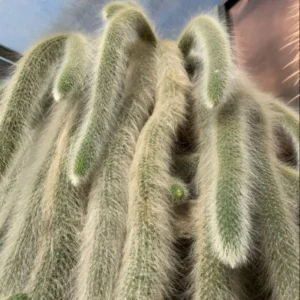 Monkey Tail Cactus Live Plant Rooted - 3 to 5 Inches - Rare Succulent
Monkey Tail Cactus Live Plant Rooted - 3 to 5 Inches - Rare Succulent 
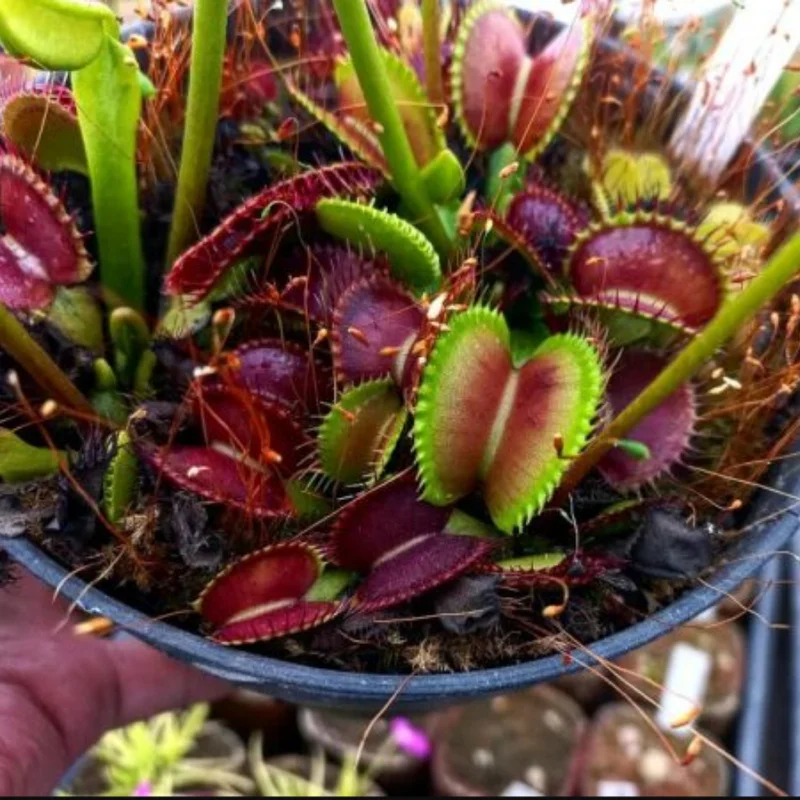
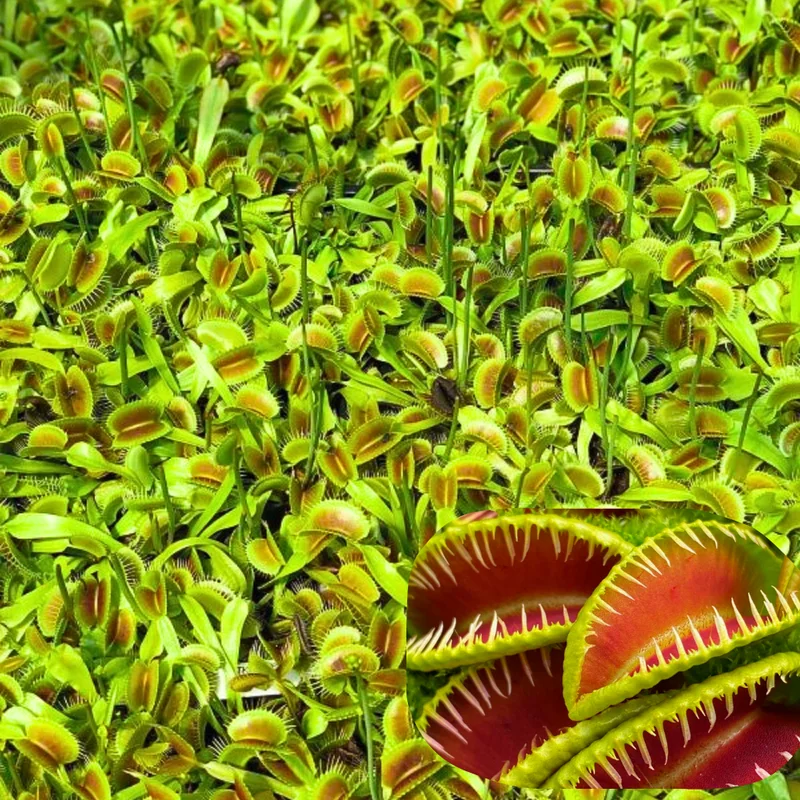
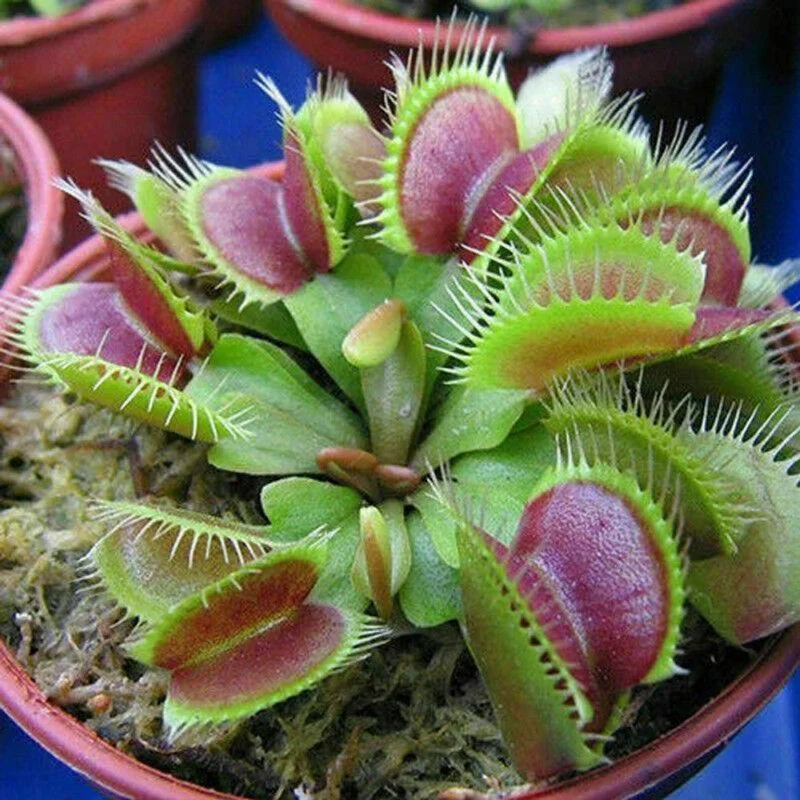
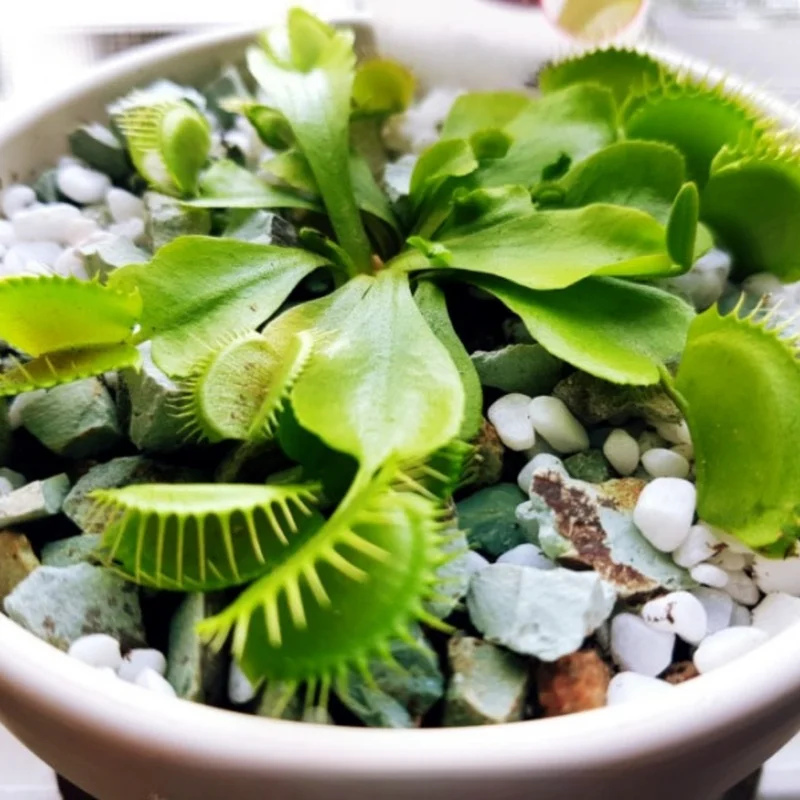
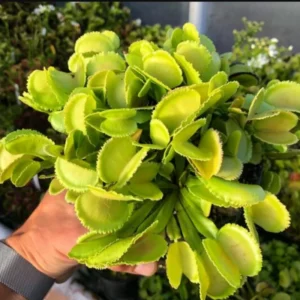
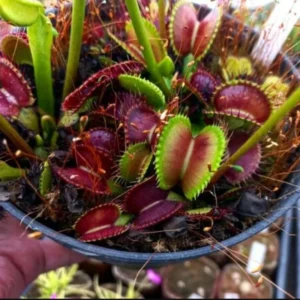
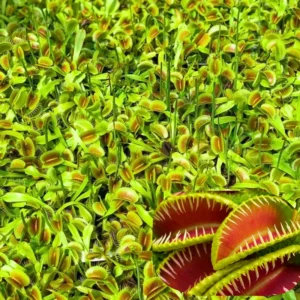
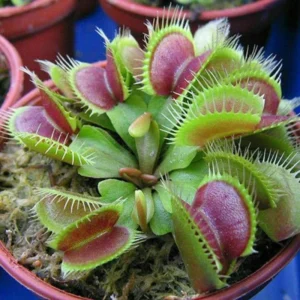
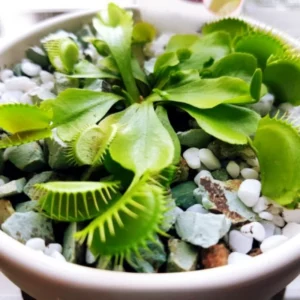

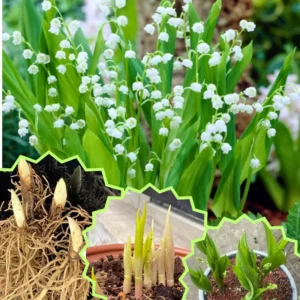
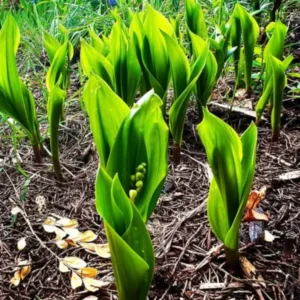
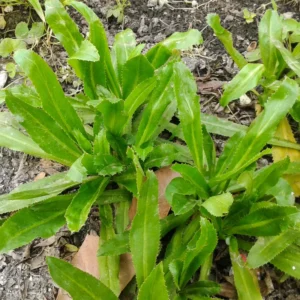
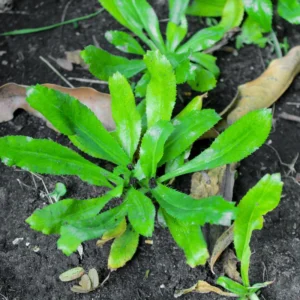
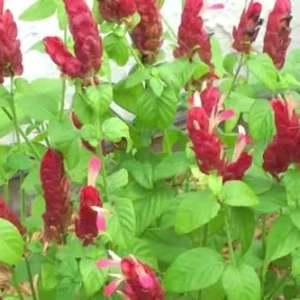
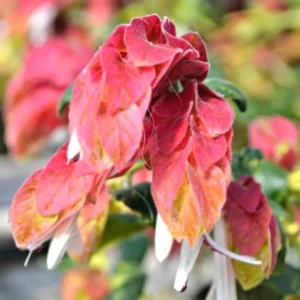
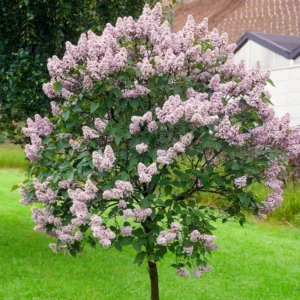
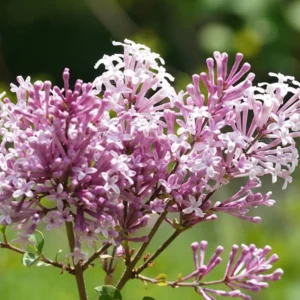
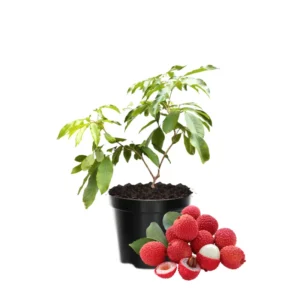
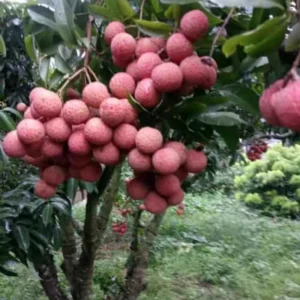
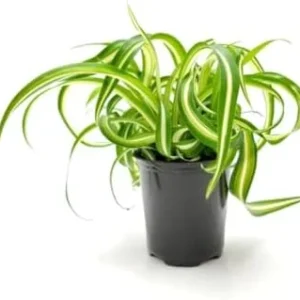
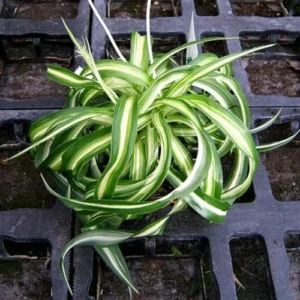
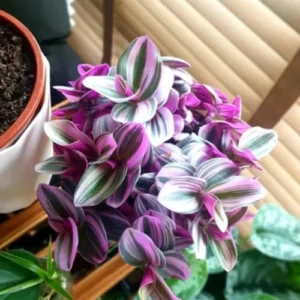
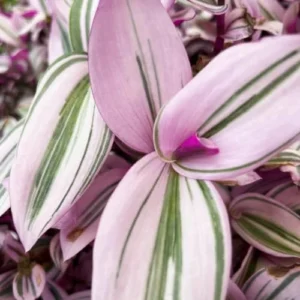
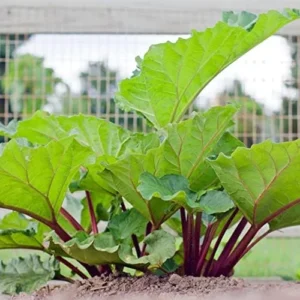





Reviews
There are no reviews yet.